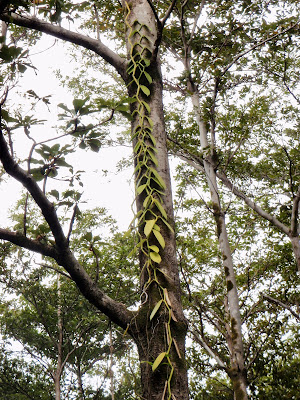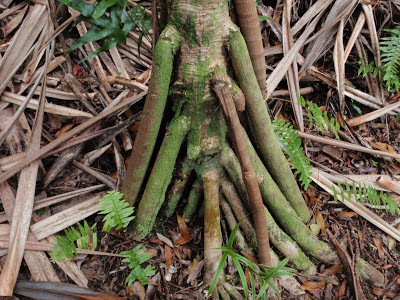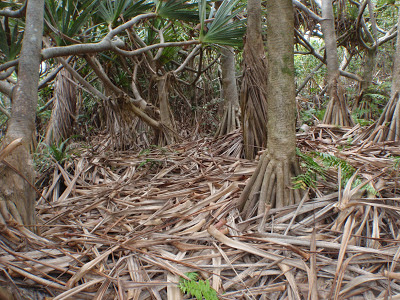If you're in the area of Etang Salé (on Reunion's south-west coast), one of its most impressive natural sites is the blowhole known as Le Gouffre. We stopped off here last Thursday on our way back from La Fenêtre des Makes.
Le Gouffre is a natural corridor in the basalt cliffs 1km south of Étang-Salé-les-Bains.
Waves come crashing into the rocky crevice and spurt upwards.
In rough weather the waves produce particularly spectacular plumes of spray, although that wasn't the case on the day we visited.
A consequence of the rocky coastline has been the loss of life: some lost at sea, some suicides - a poignant reminder that the power of the sea should never be underestimated.
 |
| Some of the memorial crosses next to Le Gouffre |
This part of the coast is particularly dry.
 |
| Agaves |
 |
| coastline slightly south of Le Gouffre |
Here's a photo of the same site taken yesterday evening by 'Frog974', a talented amateur photographer (it rather puts my photos to shame!).
Le Gouffre Coordinates: 21° 16′ 50″ South 55° 20′ 26″ East
Le Gouffre Coordinates: 21° 16′ 50″ South 55° 20′ 26″ East
Related posts:




.jpg)



































